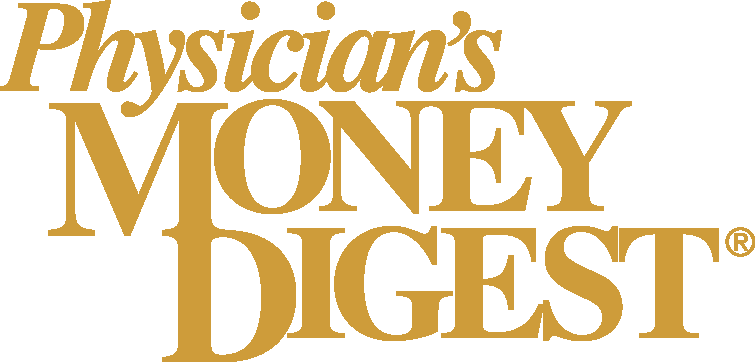
Medicare drug plans shift costs to patients under IRA
Key Takeaways
- The $2,000 cap benefits high-spending Medicare beneficiaries, but most face increased costs due to rising deductibles and coinsurance.
- Deductibles in Medicare Advantage and Part D plans have significantly increased, reducing enrollment in zero-deductible plans.
Out-of-pocket caps protect high spenders, but many others could see their drug costs rise.
A new out-of-pocket cap under the Inflation Reduction Act (IRA) was meant to lower drug costs for
The $2,000 annual cap — which took effect this year — offers real relief for those with the highest
“The new annual cap will provide valuable relief to the small share of beneficiaries with the highest drug spending,” said Erin Trish, Ph.D., co-director of the
Deductibles climb
Between 2024 and 2025, average deductibles in Medicare Advantage (MA) prescription drug plans nearly quadrupled — from $62 to $224. That spike followed a significant drop in enrollment in generous, zero-deductible plans, which fell from 78% to just 41%.
Traditional stand-alone Part D plans also saw a jump: deductibles increased from $425 to $491, the biggest year-over-year increase since at least 2020.
Copays replaced by coinsurance
At the same time, many plans are moving away from flat copays and instead charging coinsurance — a percentage of a drug’s list price. That shift means patients are now paying a share of the full, often-inflated list price, rather than a fixed dollar amount.
The use of coinsurance in MA plans for common brand-name drugs skyrocketed from 2.6% in 2024 to 27.5% in 2025. Among stand-alone Part D plans, 84.1% of enrollees are now in plans using coinsurance — up from just 9.9% five years ago.
That change can be costly.
For widely prescribed brand-name drugs like Eliquis or Ozempic, a 25% coinsurance rate applies to the list price, not the lower, negotiated price insurers actually pay. Those rebates and discounts are typically kept by pharmacy benefit managers — not passed on to patients.
“Despite the IRA’s many changes, patients are still burdened by a fundamental flaw in the drug pricing system,” Trish said. “Pharmacy middlemen continue to pocket savings while patients are left to shoulder rising list prices.”
Most won’t reach the cap
The IRA’s $2,000 cap is a meaningful protection for the few patients who spend the most on drugs — roughly 5% of Medicare beneficiaries, according to previous modeling. But for everyone else, the combination of higher deductibles and coinsurance means they’ll feel the impact sooner and more frequently.
Plans with low or no deductibles are increasingly scarce, and with more plans using coinsurance, beneficiaries are seeing their out-of-pocket costs rise even when list prices haven’t changed.
While Medicare’s drug price negotiations are set to take effect for select medications in 2026, researchers say those changes might not be enough to reverse current trends. Coinsurance models will still tie patient costs to high list prices, even after negotiated rates kick in.
Trish and co-author Barbara Blaylock, Ph.D., say the
“Providing rebates directly to patients would meaningfully lower their costs, ensuring more people can access therapies,” Trish said.
Newsletter
Stay informed and empowered with Medical Economics enewsletter, delivering expert insights, financial strategies, practice management tips and technology trends — tailored for today’s physicians.


















